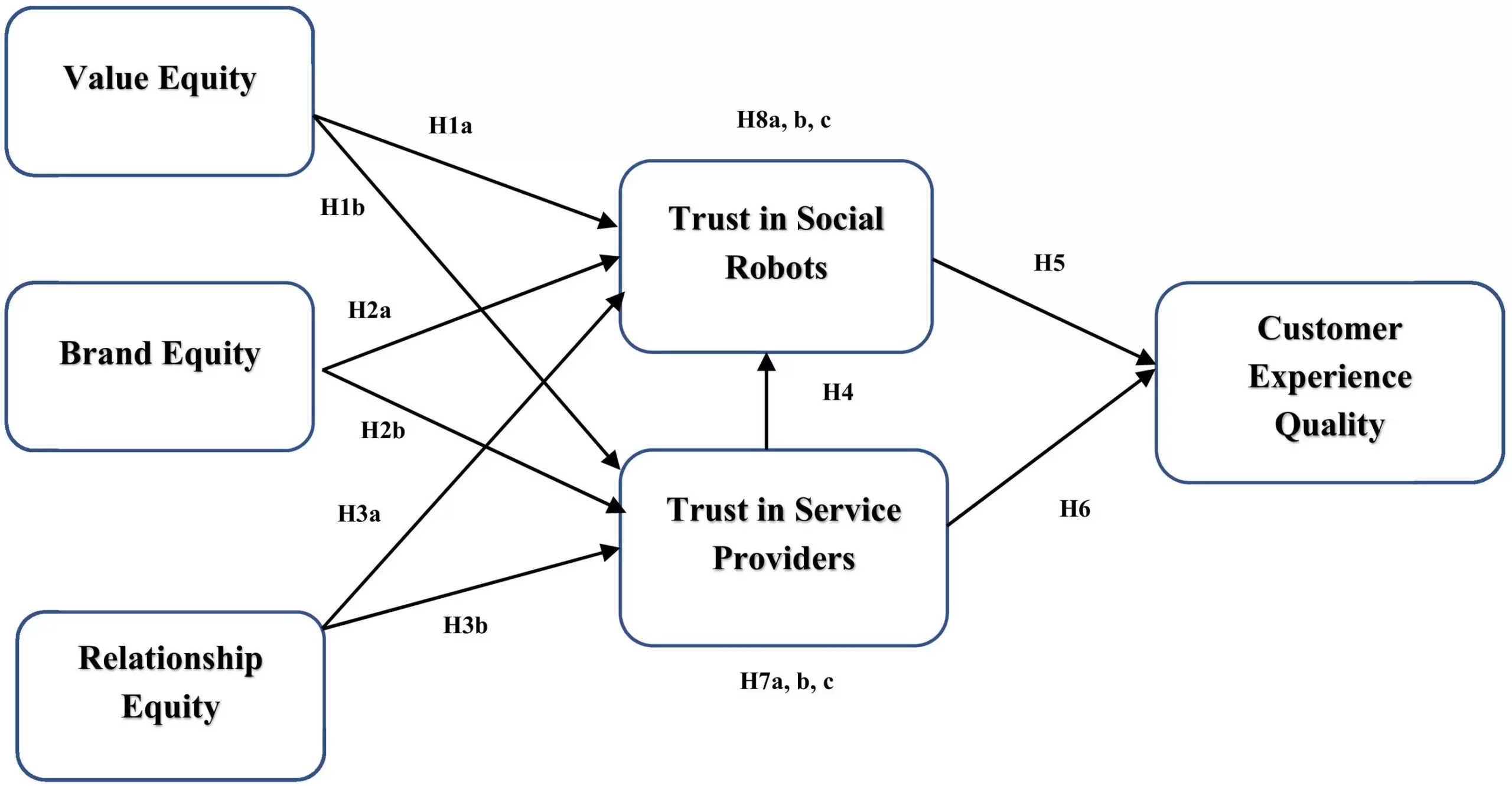The rise of artificial intelligence and automation has been a subject of much debate in recent years. However, according to a new study conducted by Professor Sanjit Roy from Edith Cowan University (ECU), the use of social robots in commercial settings may be a more widely accepted form of technology integration. The research delves into the various customer equity drivers such as value equity, brand equity, and relationship equity, along with the levels of trust in both social robots and human service providers. The study is published in the journal Technological Forecasting and Social Change, shedding light on the potential benefits of incorporating social robots in the service industry.
Professor Roy emphasizes that the integration of social robots into retail spaces aligns with the principles of Industry 5.0, focusing on a collaborative relationship between humans and machines. Social robots have the capacity to serve as entertainers, companions, and even mentors to customers, creating a sense of support and emotional connection. These robots are capable of executing a wide range of tasks, from mundane activities like object transport to complex assignments such as medical diagnosis. By leveraging advanced technologies, service providers can improve efficiency, reduce costs, and automate repetitive processes, ultimately enhancing the overall customer experience.
One of the key findings of the research is the impact of social robots on the perceived value provided by businesses. The presence of social robots in service delivery enhances efficiency and effectiveness, resulting in a greater appreciation of the quality of service among customers. This improved value proposition fosters trust between customers and social robots, leading to a shift in customer behavior and attitudes towards service providers. Investing in relationship equity is vital in cultivating trust in social robots, as successful interactions pave the way for long-term customer relationships based on trust and reliability.
While social robots offer numerous advantages in terms of efficiency and productivity, Professor Roy acknowledges the potential challenges associated with replacing human employees with technology. Social robots may lack the authenticity and warmth of human interactions, which could impact the relational benefits derived from customer-service provider engagements. However, the efficiency and convenience offered by social robots can often outweigh the need for interpersonal connections, especially in industries where utilitarian aspects take precedence over social interactions.
Read More: New Micro Total Analysis System for Portable Chemical Quantification
Strategies for Trust-Building
Trust in service providers plays a crucial role in shaping customers’ perceptions of social robots. Customers who lack direct experience with technology, including social robots, rely on external cues to form opinions about the trustworthiness of these automated systems. Service providers can enhance trust in social robots by focusing on relationship equity and brand identity, thereby establishing a foundation of trust that extends to customers’ interactions with robots. Transparent communication, reliable services, and consistent delivery of promises can reinforce trust and improve customer experiences with social robots, ensuring a seamless integration of technology in commercial operations.
The research conducted by Professor Sanjit Roy sheds light on the transformative potential of social robots in commercial services. By emphasizing the importance of trust, relationship equity, and brand identity, businesses can optimize customer experiences and drive value equity through the strategic integration of social robots. As technology continues to evolve, the role of social robots in shaping the future of customer service will become increasingly significant, revolutionizing the way businesses engage with their clientele.


Leave a Reply